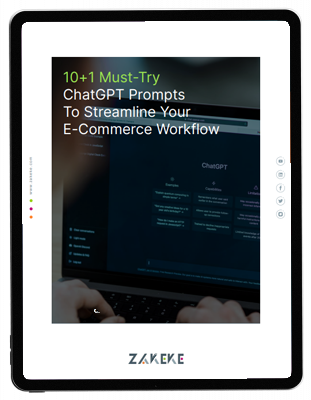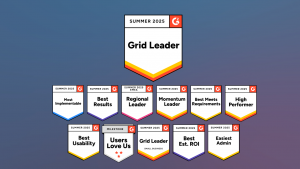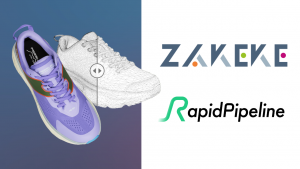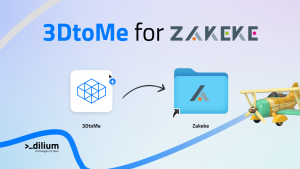Are you looking for a Shopify SEO guide to get more traffic and sales to your store?
Shopify, one of the leading e-commerce platforms, has empowered countless entrepreneurs to launch their online stores.
However, having a store is just the beginning. To truly succeed, it’s crucial to ensure your store is visible to potential customers. This is where Search Engine Optimization (SEO) comes into play.
In this comprehensive guide, we’ll delve deep into the 7 essential steps of Shopify SEO and how you can optimize your store to rank higher on search engines.
Let’s get started on the path to improving your Shopify store’s visibility and improve Search Engine Optimization.
1. Optimize Your Shopify Site Structure
The foundation of effective SEO begins with a well-structured website. Your Shopify store’s structure plays a pivotal role in how search engines index and rank your pages.
Consider these key elements:
- Clean URLs: Ensure your URLs are concise, descriptive, and contain relevant keywords. Avoid long strings of numbers and meaningless characters.
- Logical Navigation: Create a user-friendly, logical hierarchy for your site. This not only helps search engines but also enhances the user experience.
2. Improve the User Experience
A great user experience is not only important for your customers but also for SEO. Search engines consider user engagement as a ranking factor. Focus on:
- Page Loading Speed: Fast-loading pages improve user experience and SEO. Use tools to optimize your site’s speed.
- High-Quality Content: Create valuable, informative, and engaging content that keeps visitors on your site longer.
3. Research the Right Target Keywords
Keywords are the foundation of SEO. Thorough keyword research helps you understand what your potential customers are searching for.
Here’s how to do it:
- Use Keyword Research Tools: Utilize tools like Google Keyword Planner, SEMrush, or Ahrefs to discover relevant keywords for your products and niche.
- Long-Tail Keywords: Target long-tail keywords for less competition and more specific, high-converting traffic.
- Competitor Analysis: Analyze your competitors to identify keywords that are driving traffic to their sites.
4. Optimize Your Shopify Product Pages
Your product pages are the heart of your e-commerce business. Optimize them to improve their search engine visibility:
- Unique Product Descriptions: Avoid duplicate content by crafting unique and compelling product descriptions.
- High-Quality Images: Use high-resolution images to showcase your products, and optimize them for faster loading.
- Structured Data: Implement structured data markup to provide search engines with more information about your products.
5. Build Links to Your Store
Backlinks are crucial for SEO, as they signal to search engines that your site is reputable and valuable. Here’s how to build quality backlinks:
- Content Marketing: Create valuable, shareable content that other websites will want to link to.
- Guest Blogging: Contribute guest posts to authoritative sites in your niche, including a link back to your store.
- Broken Link Building: Identify broken links on other websites and offer your content as a replacement.
6. Rank Higher With Content Marketing
- Content marketing is a powerful tool for SEO and customer engagement. Create a content strategy that:
- Informs and Educates: Produce blog posts, videos, and other content that informs and educates your audience.
- Solves Problems: Address common problems or questions within your niche through content.
7. Use the Best Shopify SEO Apps and Tools
Shopify offers a variety of apps and tools to simplify SEO and boost your rankings. Some popular options include:
- SEO Manager: Helps you optimize your site for search engines and offers insights into your SEO performance.
- Yoast SEO: An all-in-one SEO solution for Shopify, offering content analysis and optimization suggestions.
By following these seven crucial steps and utilizing the best Shopify SEO apps and tools, you can significantly enhance your online store’s visibility, attract more organic traffic, and ultimately boost your sales.
Remember that SEO is an ongoing process, so keep monitoring your results and adapting your strategy as needed to stay ahead in the competitive e-commerce landscape.

Josep Delafou Mayoral
SEO Consultant for Ecommerce
Josep is a passionate SEO Consultant specializing in the world of eCommerce. He is well-versed in SEO, Google Ads, Web Analytics, and creating online stores in partnership.















